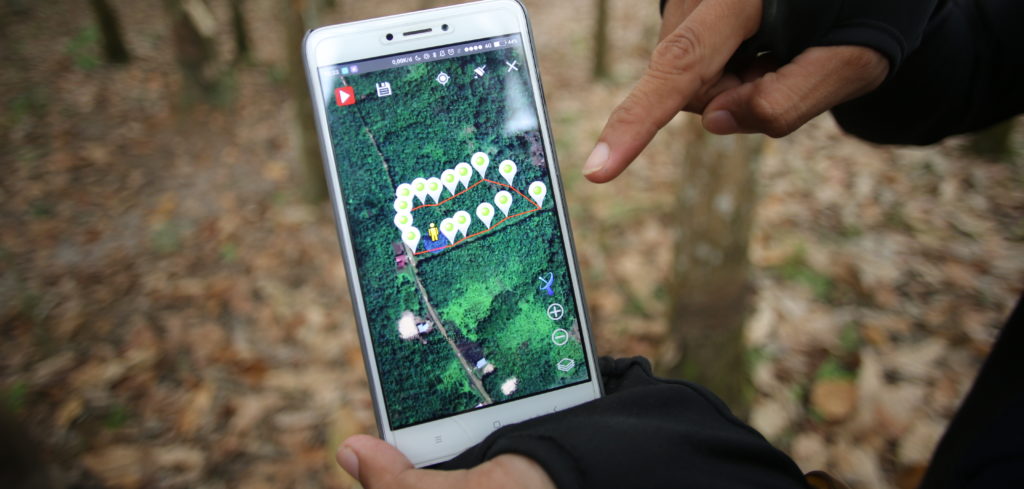From an environmental perspective, traceability within the rubber supply chain is an important consideration. To this end, Germany’s Federal Ministry for Economic Cooperation and Development (BMZ) and manufacturer Continental have worked to create a seamless, electronically traceable supply chain, from cultivation in Indonesia and further processing through to tire production.
Christian Kötz, head of the tires business area and member of the executive board at Continental AG, emphasized the following: “The creation of sustainable and traceable supply chains is an integral part of our comprehensive sustainability strategy at Continental. As part of the pilot project in Indonesia, which has been successfully established with the BMZ, we are able for the first time to seamlessly trace a rubber supply chain from cultivation and further processing to our tire plant in Germany. In doing so, we are working together to ensure greater transparency and make a significant contribution to securing the livelihood of the small farmers involved in the project. Our goal is to gradually expand electronic traceability within our natural rubber supply chains, thereby contributing to the global improvement of sustainability in the natural rubber sector.”
Continental is collaborating on the project with a German development cooperation in the Indonesian province of West Kalimantan in Borneo. All of the project partners document every step in the supply chain with a digital traceability system. According to the company, the 450 small farmers involved so far are all achieving significantly higher sales prices than usual for the natural rubber they produce. It says this is due to the fact that they are trained in sustainable cultivation and have better knowledge, such as how the trees need to be cut in order to obtain as much rubber from them as possible. The small farmers thus significantly increase their surface yields and can use the trees for longer.
The digital traceability system enables the production and supply chain of the rubber to be evaluated in detail. For example, the production areas mapped by GPS, the raw rubber deliveries and sales prices achieved are documented in the system directly on delivery to the warehouse. In addition, the system checks the raw rubber quantity delivered by production area. If the delivered quantity exceeds the expected production volume, the system indicates this. This ensures employees can prevent rubber entering the supply chain from non-registered areas, e.g. illegally deforested areas.



